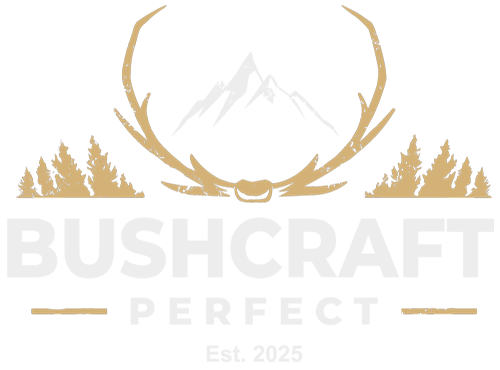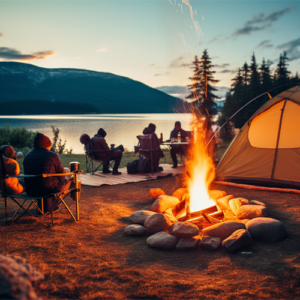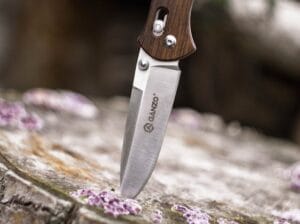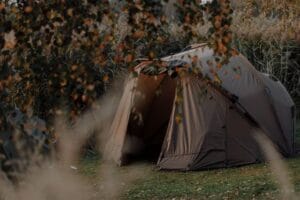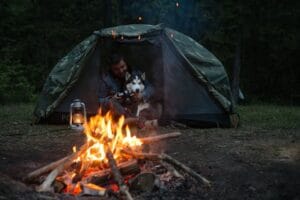What Is a Bushcraft Survival Kit?
A bushcraft survival kit is a compact collection of tools and supplies that I rely on when I head into the wilderness.
It’s not about packing everything under the sun—it’s about carrying the right gear for situations where you need to survive or just get by comfortably with minimal equipment.
Whether you’re out for a day, a week, or longer, the idea is that your kit should cover your basic needs: shelter, fire, water, and food.
Shelter: Staying Dry and Protected
When I’m building a bushcraft survival kit, the first thing I think about is how I’ll stay protected from the elements.
Even if you’re just out for a short trip, the weather can turn fast, and having some form of shelter is non-negotiable. I always include a small, packable tarp or an emergency bivy sack.
Tarps are great because they can be set up in different configurations depending on the environment, and they weigh next to nothing.
A bit of cordage is also crucial. Paracord is my go-to because it’s strong, lightweight, and versatile. With a tarp and paracord, I can rig up a shelter almost anywhere, whether I’m in dense woods or open ground.
These two items take up minimal space, but they provide maximum protection when I need to get out of the wind, rain, or cold.
Fire: Heat and Cooking
Fire is probably the most important element in any bushcraft survival kit.
It’s not just about staying warm—it’s also about cooking food, purifying water, and signaling for help if necessary. I carry at least two reliable fire-starting methods.
A lighter is the simplest option, but I never rely on it as my only source of fire. A ferrocerium rod is a much better backup. It works in wet conditions and can generate sparks even after taking some abuse.
Tinder is another thing I always keep in the kit. Sure, I can gather natural materials in the field, but having something that catches a spark quickly, especially when everything around you is damp, is a lifesaver.
I use cotton balls soaked in petroleum jelly for this. They light up fast and burn long enough to get even damp wood going.
Water: Finding and Purifying
Water is a priority in any survival situation. Even if I’m near a stream or lake, the water’s not always safe to drink without treatment.
That’s why my bushcraft survival kit always includes a water filter. There are a lot of compact, effective filters out there, and they weigh next to nothing. I’ve also used purification tablets as a backup—they’re not ideal for taste, but they’ll make water safe to drink in a pinch.
I also carry a metal container, usually a small stainless steel bottle or cup, that I can use to boil water if I don’t trust the other methods.
Boiling is foolproof, and it doubles as a way to cook food if necessary. It doesn’t take much space, and I can pack gear inside it to save room.
Cutting Tools: Multipurpose and Reliable
A solid cutting tool is one of the most important items in a bushcraft survival kit. I don’t go anywhere without a reliable fixed-blade knife. A full-tang knife with a 4- to 5-inch blade is what I prefer.
It’s strong enough to handle everything from batoning wood to carving small tools. A folding knife or multitool is also useful for finer tasks or as a backup.
Having a knife isn’t just about cutting wood. I use it for preparing food, making traps or stakes, and even processing firewood when I don’t want to carry an axe or saw.
In survival situations, a good knife becomes an extension of your hand—it’s something you’ll use constantly.
First Aid: Quick Fixes for Injuries
A basic first aid kit is another must-have. You don’t need to go overboard here, but you do need to be prepared for the small injuries that are common in the field—cuts, scrapes, burns, blisters.
A few adhesive bandages, gauze pads, medical tape, antiseptic wipes, and some pain relievers are enough to handle most minor issues.
I also include a small tube of antibiotic ointment to prevent infection.
The goal with a first aid kit isn’t to handle major trauma but to treat small injuries before they become big problems. You don’t want a minor cut turning into an infection, especially when you’re miles from help.
Food: Lightweight and Long-Lasting
I don’t always carry a lot of food in my bushcraft survival kit, but I do keep some calorie-dense items on hand.
Jerky, energy bars, or a small bag of trail mix are great for emergencies. They’re lightweight and can sit in your kit without going bad for a long time.
I don’t pack a full meal, but I pack enough to keep me going until I can find or catch something else. If I’m planning to stay out longer, I’ll bring more food or pack tools for catching food, like a fishing line and hooks or a small snare wire.
These take up little space but can be valuable if I need to hunt or fish.
Signaling and Navigation: Getting Found
If you’re in a survival situation, being able to signal for help is crucial. A whistle and a small signal mirror take up almost no space, but they can help searchers find you if needed.
I also carry a small flashlight or headlamp—being able to signal at night with light is a good option, and it’s useful for just getting around after dark.
A map and compass are also part of my kit. Even though I’m comfortable navigating by landmarks and the sun, it’s always smart to have a compass.
Batteries die, but a compass doesn’t, and it’s a reliable backup to any GPS you might have.
Packing It All Together
When packing a bushcraft survival kit, space is always a consideration. You want to keep it as compact and lightweight as possible.
I use a small pouch or tin that fits in my larger rucksack, so I can easily access it without having to dig through everything.
The goal is to have all the essentials in one place, where I can quickly grab them if something goes wrong.
It’s also a good idea to periodically go through your kit and check the condition of everything.
Replace anything that’s worn out, used up, or expired. I’ve been caught with expired water purification tablets and frayed cordage before, and that’s not something you want to discover in the middle of the wilderness.
Final Thoughts
A bushcraft survival kit isn’t about having every possible piece of gear—it’s about having the right tools for the job.
Each item in your kit should serve a purpose and earn its place. With shelter, fire, water, and a good cutting tool, you’ll be prepared for most situations you could face in the wild.
Keeping it compact, lightweight, and practical ensures that when things go wrong, you have what you need to survive and thrive.
You might as well be interested in
-
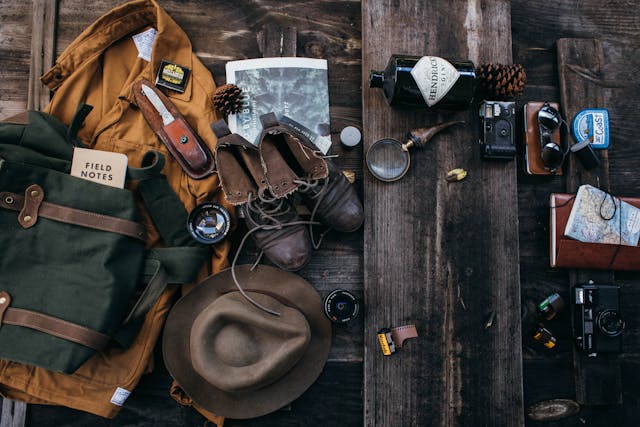
Bushcraft Box Set: Get All the Gear You Need in One Pack
A bushcraft box set is a curated collection of tools and gear designed to cover the basics of wilderness survival. These kits usually come with…
-
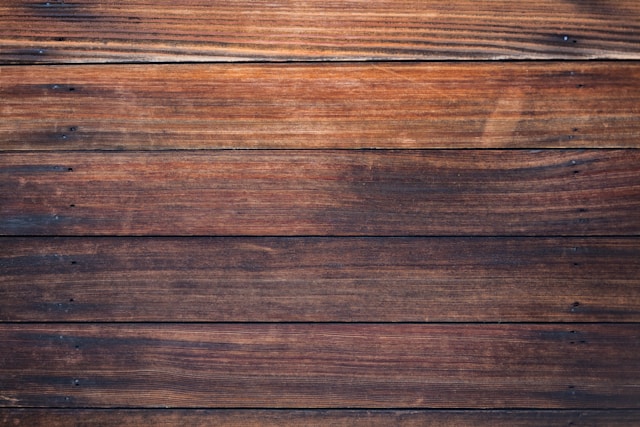
Bushcraft Auger: The Tool You Didn’t Know You Needed for Serious Woodwork
When you think of bushcraft tools, an auger might not be the first thing that comes to mind, but it should be. A bushcraft auger…
-
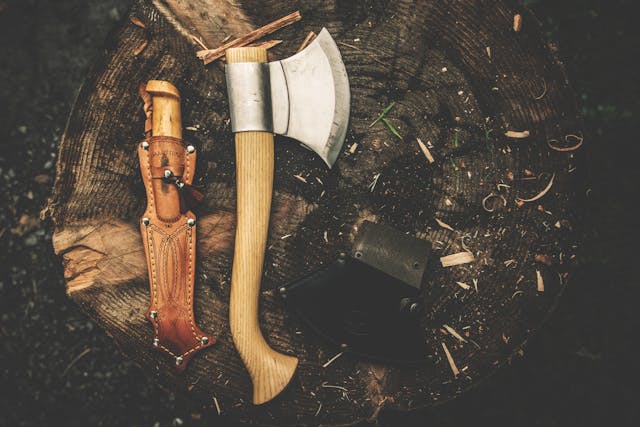
Axe for Bushcraft: Tough Blades That Get the Job Done
When I head out into the wilderness, my axe is one of the tools I rely on the most. It’s not just about chopping wood;…
-

Building a Bushcraft Survival Kit: What You Really Need in the Wild
What Is a Bushcraft Survival Kit? A bushcraft survival kit is a compact collection of tools and supplies that I rely on when I head…
-

Choosing the Right Bushcraft Rucksack: What I Look for in a Reliable Pack
Why the Right Bushcraft Rucksack Matters When it comes to bushcraft, your rucksack isn’t just a bag—it’s your lifeline. Everything you need to stay safe,…
-

Bushcraft Camping Gear: Tools You Actually Need for the Wild
What Makes Good Bushcraft Camping Gear? Bushcraft camping isn’t like regular camping. You’re not relying on store-bought conveniences or high-tech gadgets. Instead, bushcraft is about…
-

What About the Bushcraft Drill? Essential Skills for Wilderness Survival
What is a Bushcraft Drill? A bushcraft drill, typically a bow drill or hand drill, is a tool used to create friction, generate heat, and…
-

Why Every Outdoorsman Needs a Bushcraft Folding Saw
What is a Bushcraft Folding Saw? A bushcraft folding saw is exactly what it sounds like: a compact, foldable saw designed for outdoor use. It’s…
-
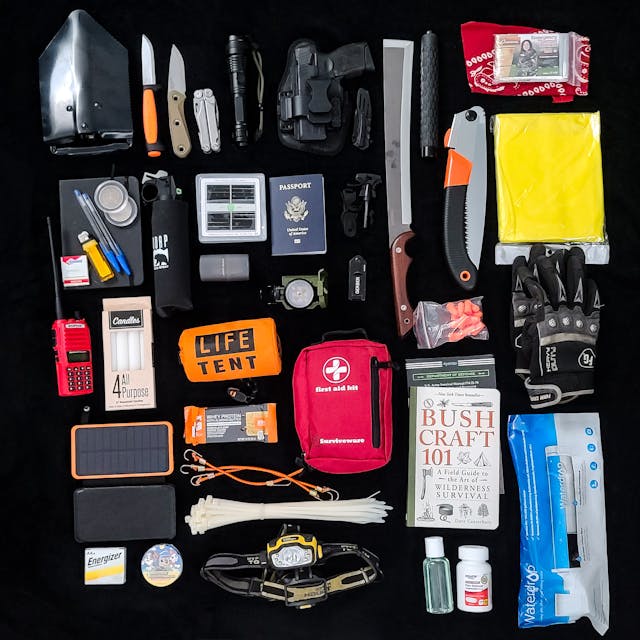
Bushcraft Gear List: What I Actually Use in the Field
Why Your Bushcraft Gear List Matters When it comes to bushcraft, the gear you bring matters just as much as the skills you develop. It’s…
-
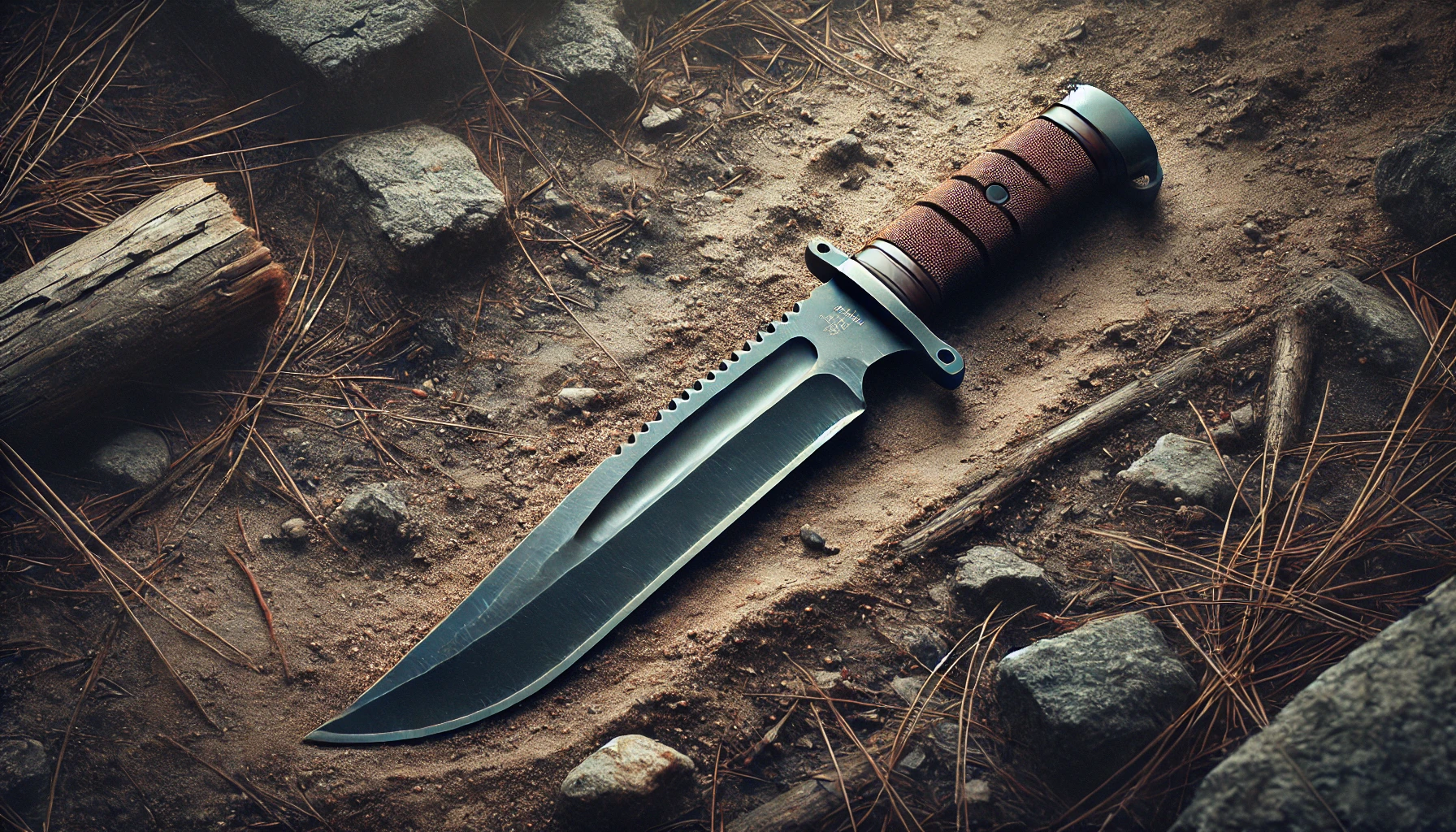
Why a Bushcraft Machete is My Go-To Tool for the Wild
Why I Rely on a Bushcraft Machete When I’m out in the wild, my bushcraft machete is one of the first tools I reach for.…
